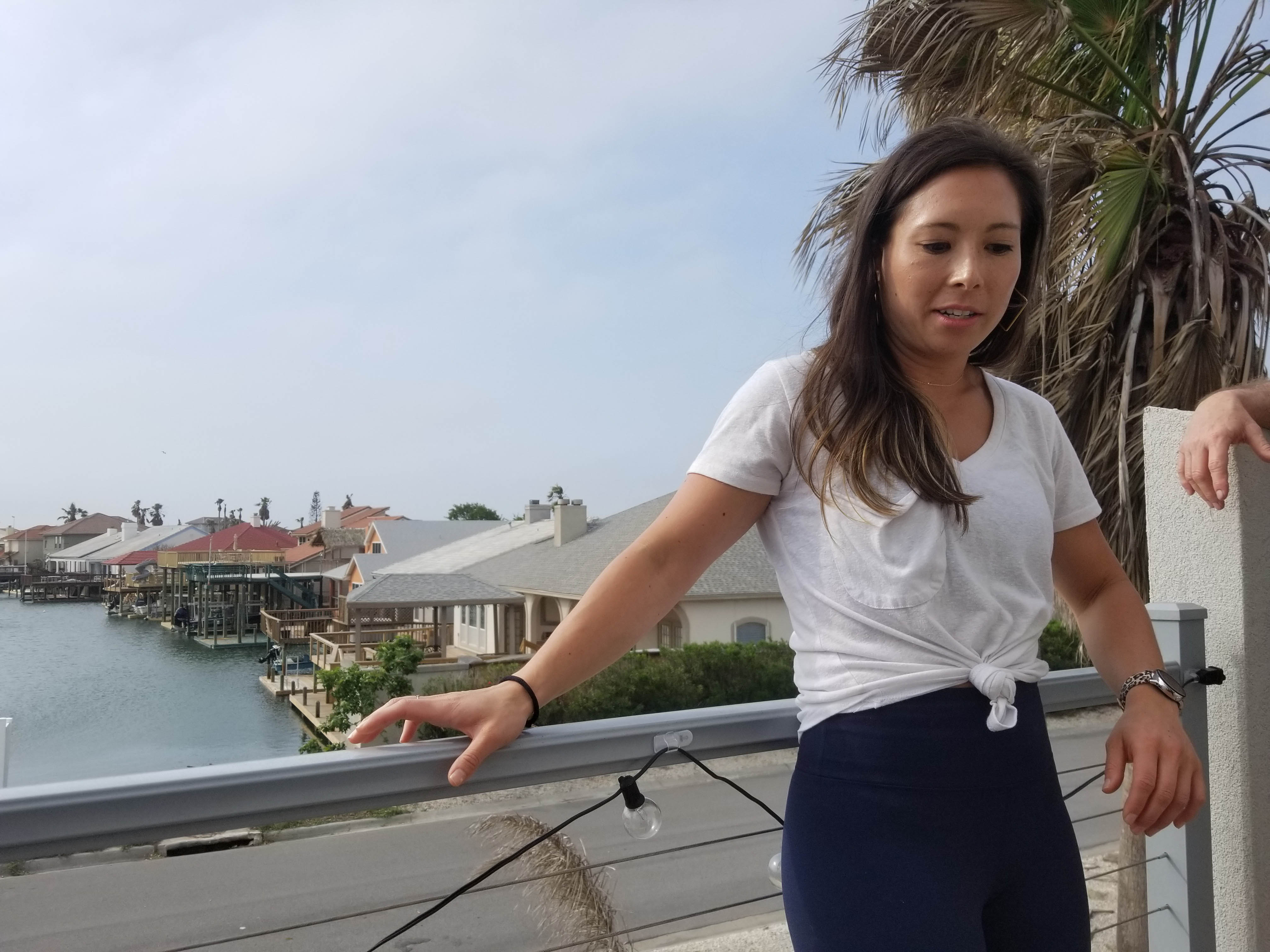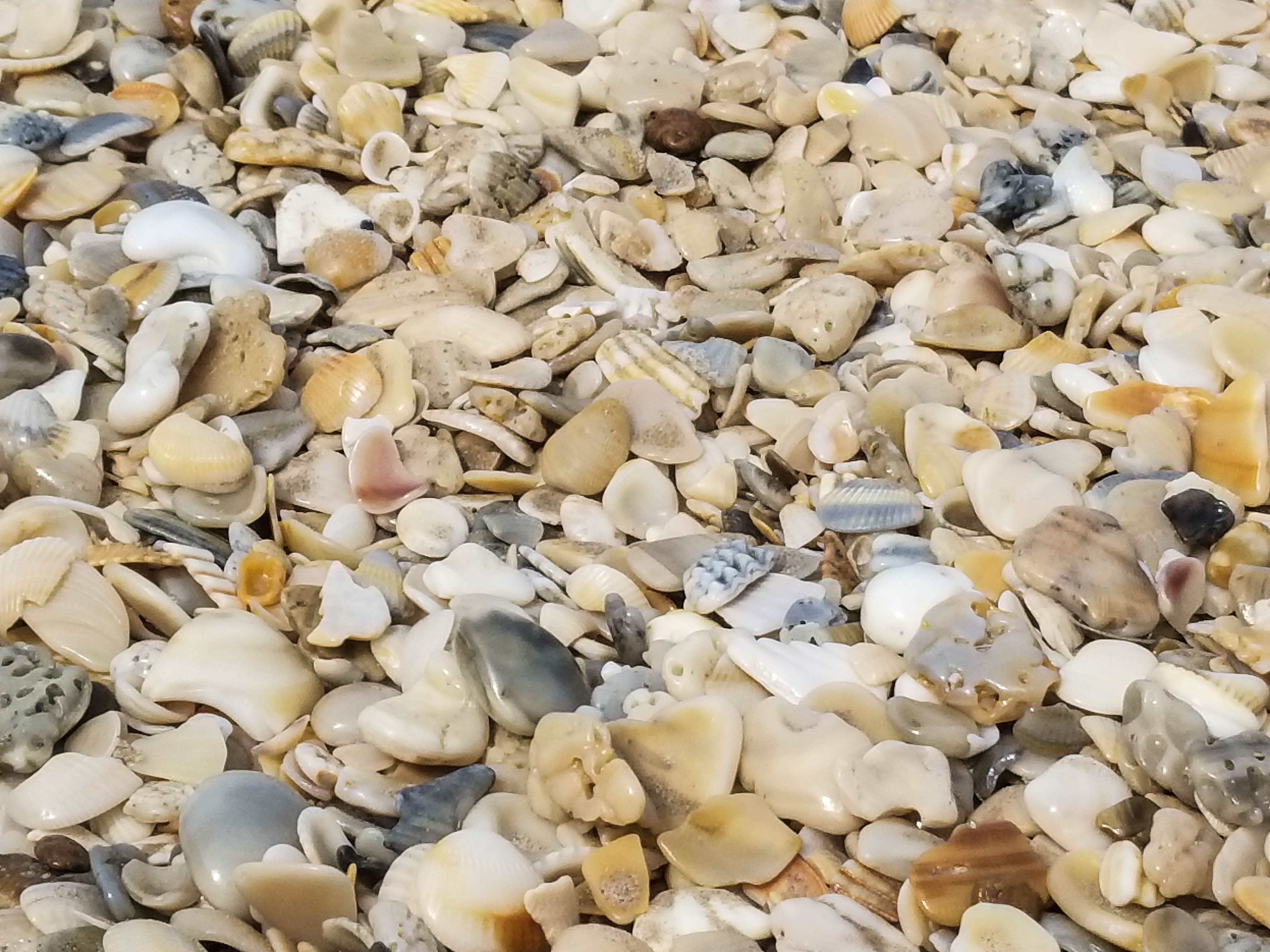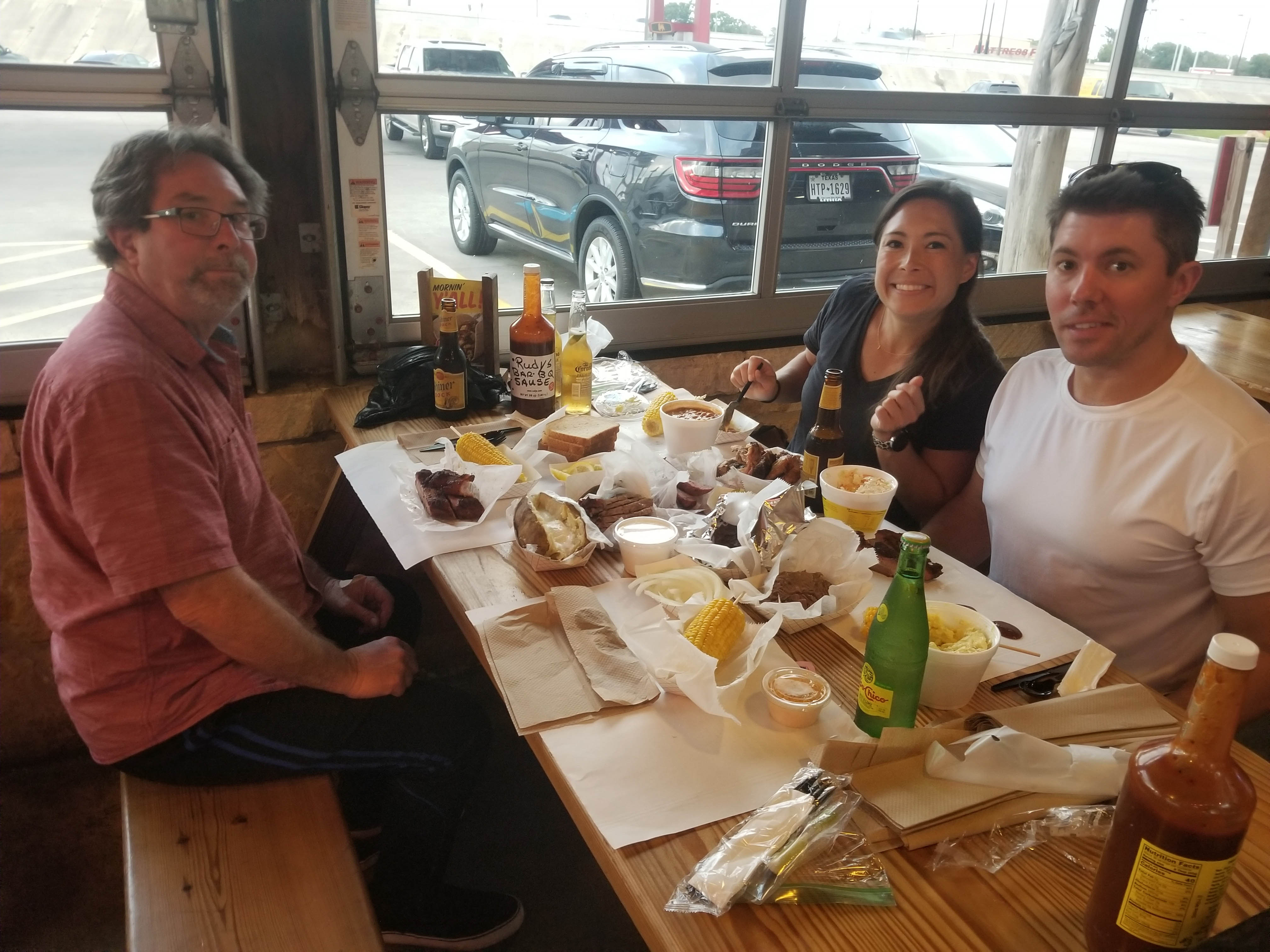
One-third of college-bound students are staying closer to home and choosing more affordable options, according to 2 surveys (America’s Promise Alliance and Strada Education Network). One-quarter of them plan to go to 2-year community colleges instead of 4-year institutions. Others completely dropped college plans or some opted to take gap years.
This is not surprising considering the roller coaster of emotions students have faced during the pandemic. The government, school administrators, and the CDC controlled virtually every aspect of their academic and social lives for over a year. With the Delta variant looming as the new school year approaches, many students want to be near family and what is familiar to them.
I remember touring the Ivy League colleges with my daughter Nicole just 10 days before 9-11. She was enamored by Brown, Yale, and Harvard. We explored campuses, checked out dorms, and bought the sweatshirts. But after the World Trade Center fell, she decided that she wanted to stay on the West Coast, and was thrilled that she got into Stanford – which is just a 50-minute drive home.
Not sure if or when colleges will bounce back. Students should consider where they would like to work and live post college. They’ll be conducting research, interning with local firms, and networking in the regions that they’ll be living in over the next 4 years. If they want to return close to home after college, going across the country for college may be setting themselves up for some difficult decisions when they get job offers off campus in their college towns.
Economic security is also weighing heavily on parents and students as they carefully review financial aid and scholarship offers. The cost of a bachelor’s degree varies by hundreds of thousands of dollars in today’s market, and for many students, the return on their investment is not good. College tuition continuously increases; it has skyrocketed 1375% since 1978 when I was in college. Forty percent of undergraduate college students drop out before graduation, and third of college freshmen drop out before their sophomore year.
Students are making sobering decisions about staying close to home, choosing colleges that offer the best financial aid packages, and determining if college is really their best option.

One-third of college-bound students are staying closer to home and choosing more affordable options, according to 2 surveys (America’s Promise Alliance and Strada Education Network). One-quarter of them plan to go to 2-year community colleges instead of 4-year institutions. Others completely dropped college plans or some opted to take gap years.
This is not surprising considering the roller coaster of emotions students have faced during the pandemic. The government, school administrators, and the CDC controlled virtually every aspect of their academic and social lives for over a year. With the Delta variant looming as the new school year approaches, many students want to be near family and what is familiar to them.
I remember touring the Ivy League colleges with my daughter Nicole just 10 days before 9-11. She was enamored by Brown, Yale, and Harvard. We explored campuses, checked out dorms, and bought the sweatshirts. But after the World Trade Center fell, she decided that she wanted to stay on the West Coast, and was thrilled that she got into Stanford – which is just a 50-minute drive home.
Not sure if or when colleges will bounce back. Students should consider where they would like to work and live post college. They’ll be conducting research, interning with local firms, and networking in the regions that they’ll be living in over the next 4 years. If they want to return close to home after college, going across the country for college may be setting themselves up for some difficult decisions when they get job offers off campus in their college towns.
Economic security is also weighing heavily on parents and students as they carefully review financial aid and scholarship offers. The cost of a bachelor’s degree varies by hundreds of thousands of dollars in today’s market, and for many students, the return on their investment is not good. College tuition continuously increases; it has skyrocketed 1375% since 1978 when I was in college. Forty percent of undergraduate college students drop out before graduation, and third of college freshmen drop out before their sophomore year.
Students are making sobering decisions about staying close to home, choosing colleges that offer the best financial aid packages, and determining if college is really their best option.
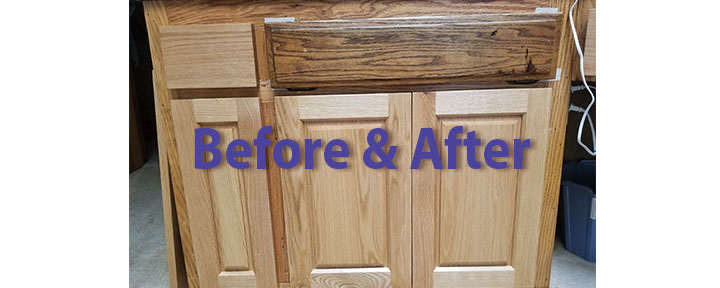
I just completed my whole house cabinet remodel. After getting ridiculously high bids and timetables of more than 6 months, I decided to refinish them myself and order 124 new solid oak doors and drawer fronts. I thought I could get it done in 2-3 weeks working every day after work but I was wrong. It took almost 3 months to finish.
Stripping and sanding the cabinets was messy. Even with plastic tarps, dust infiltrated every room and nook and cranny in the house. Applying 3 coats of varathane on both sides of the doors and drawer fronts was exhausting. The dance studio became the new cabinet workshop where I spent weeks sanding and varathaning while listening to oldies.
I installed Blum soft-close hinges and learned to adjust them to create the perfect fit. Wow. These European hinges make cabinet installation a breeze for regular doors. But thinking that the hinges would work on all of my doors was a mistake. I ran into problems with odd shaped cabinets, toothbrush drawers, and narrow spice shelves.
My friends helped me with difficult stages. Mario let me borrow his special sanders, plastic room poles, and cool saws. He also built the cabinet table tops. Spencer helped strip the cabinet bases and sanded the moldings. He figured out how to adjust the hinges and even wrote instructions for me. Couldn’t have done this without them.
I love the way the new cabinets lighten each room. Don’t think I’ll ever refinish cabinets again, but it was well worth all the effort.
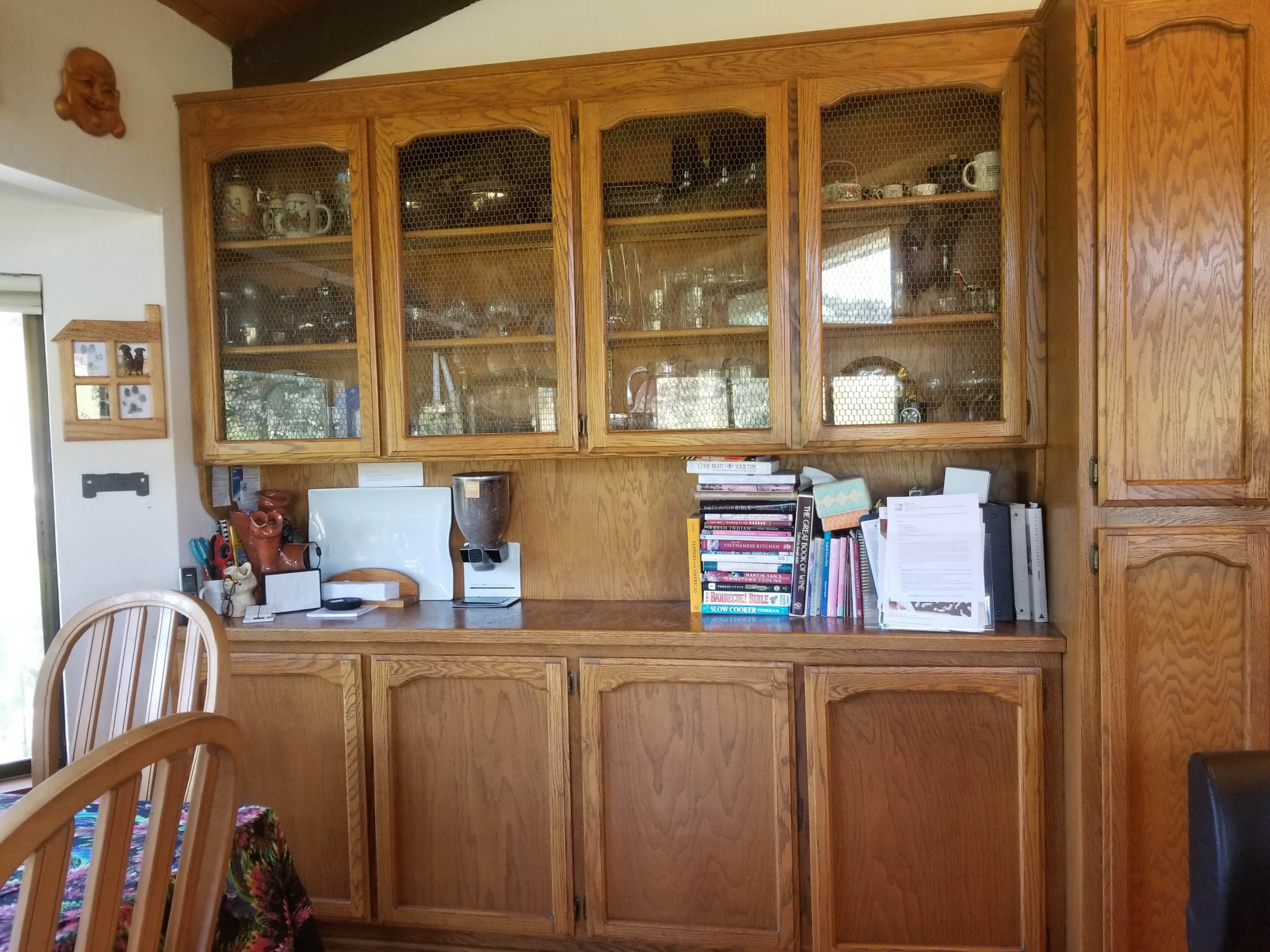
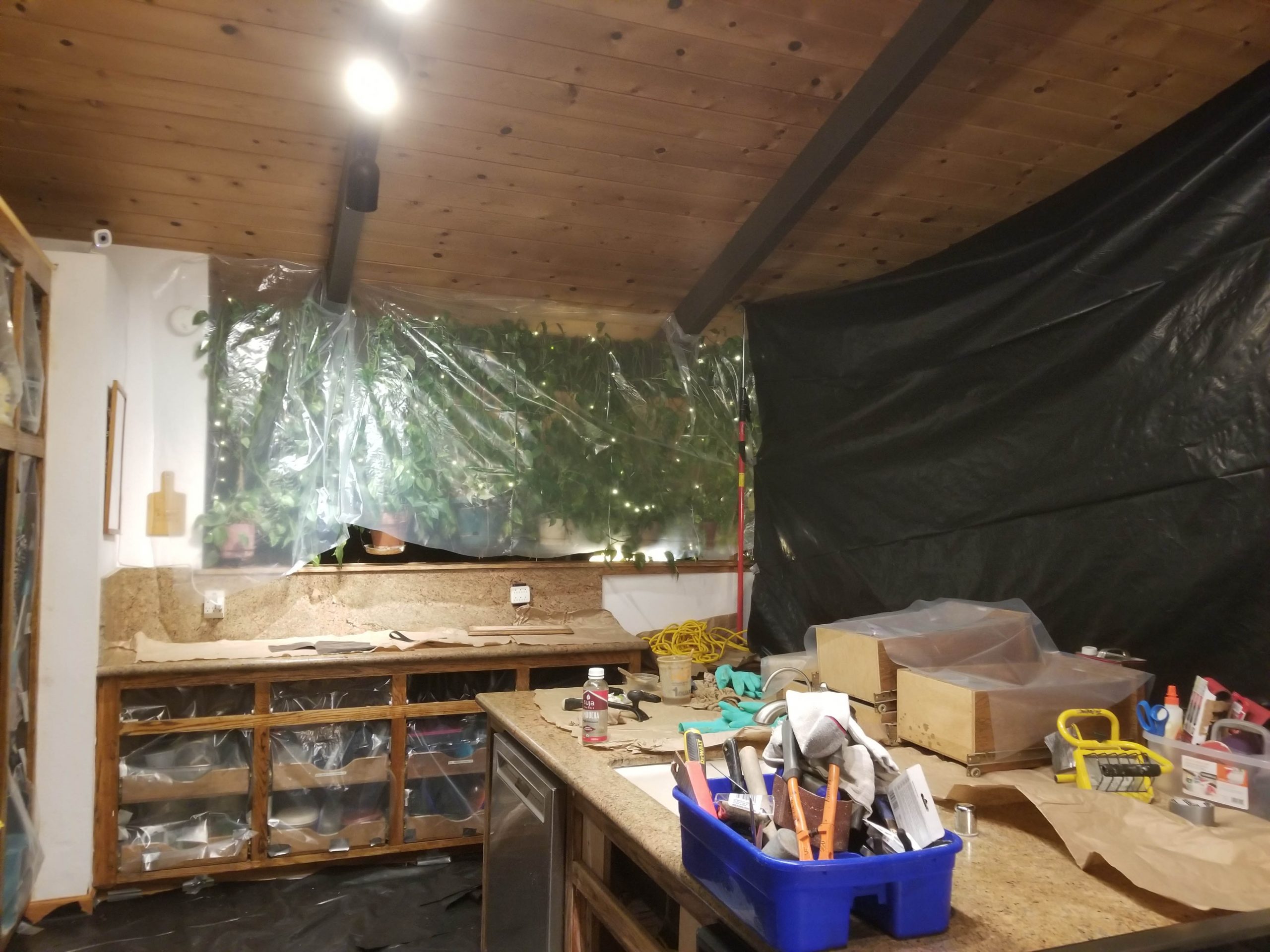

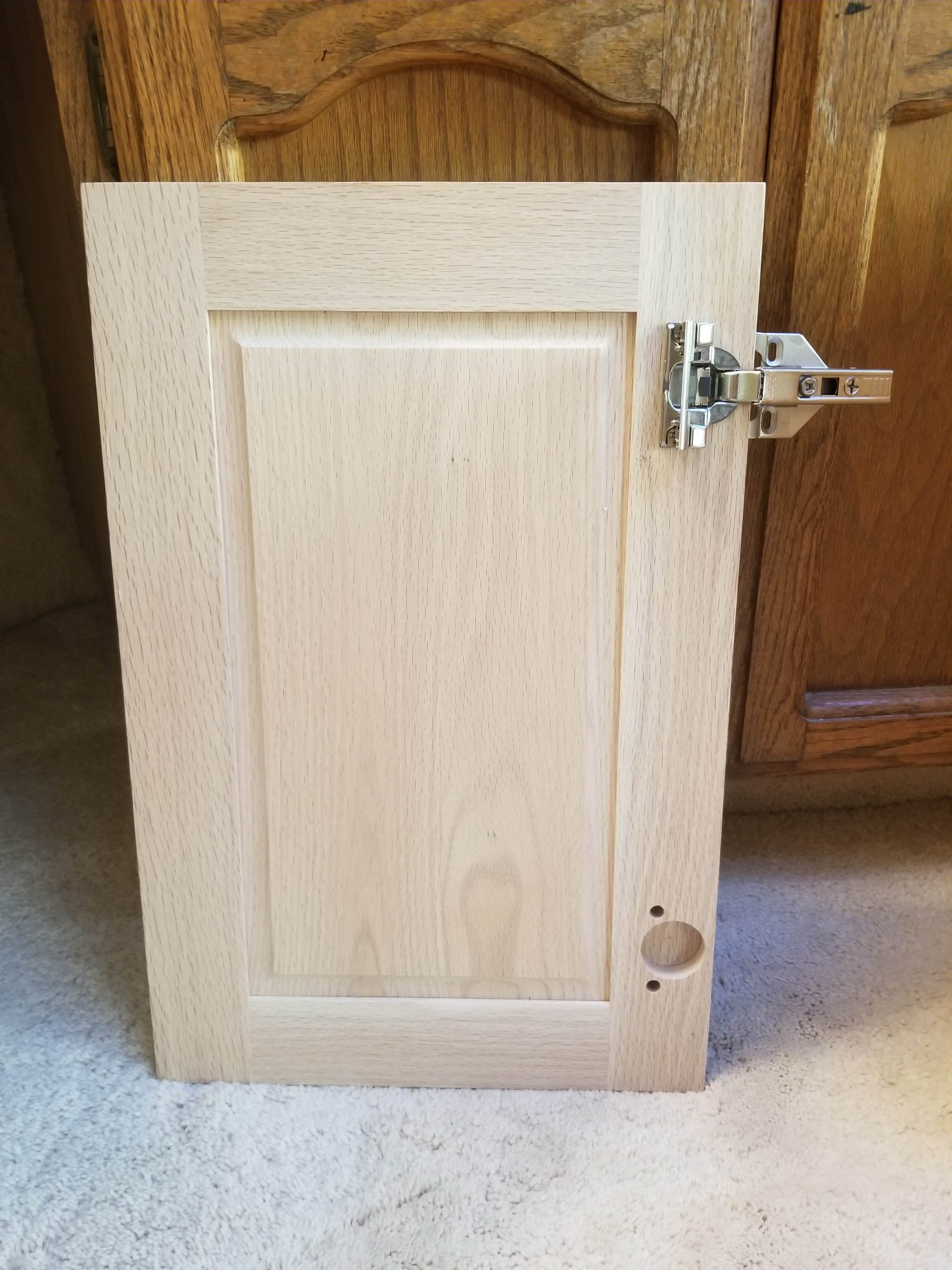

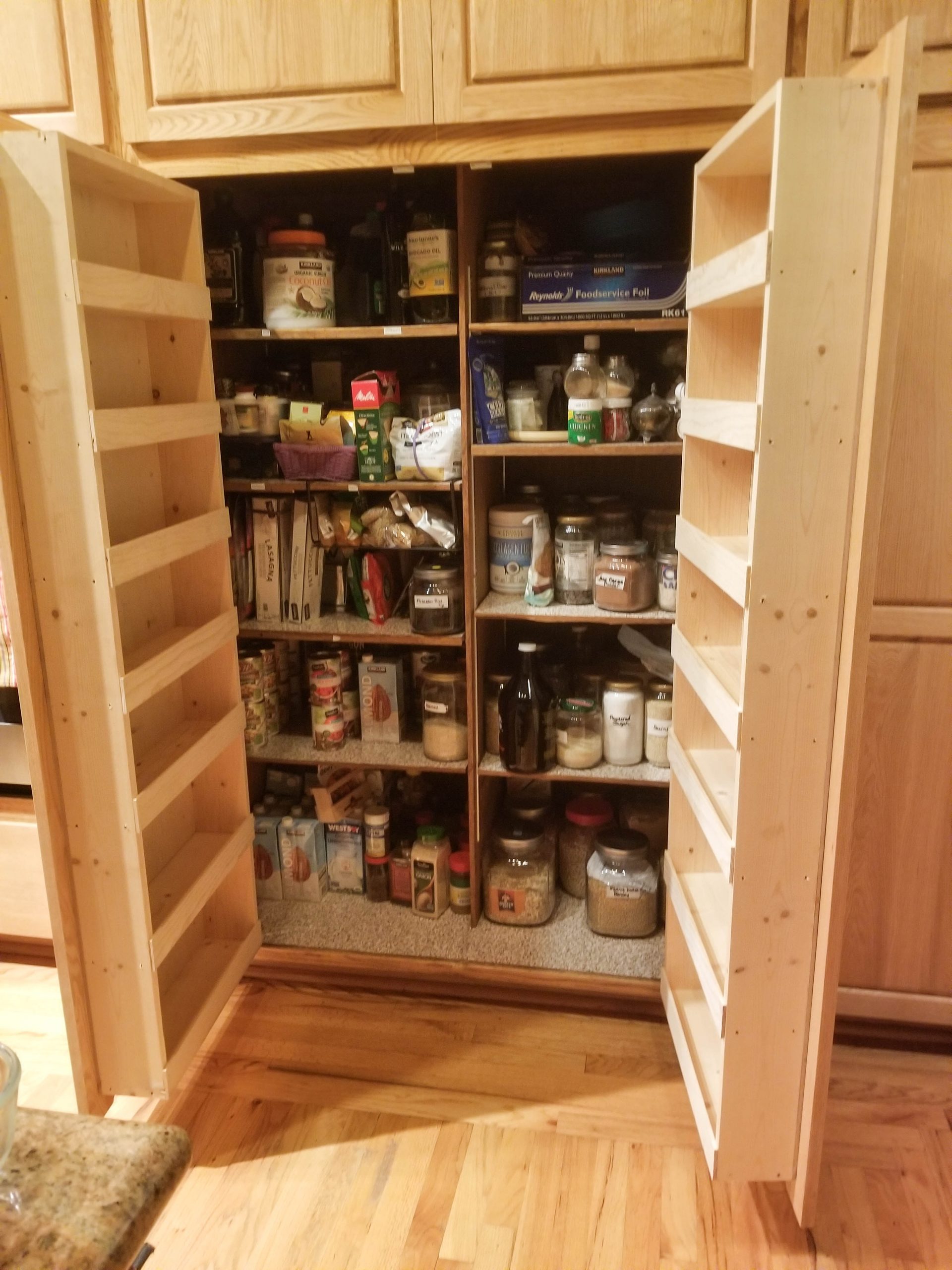


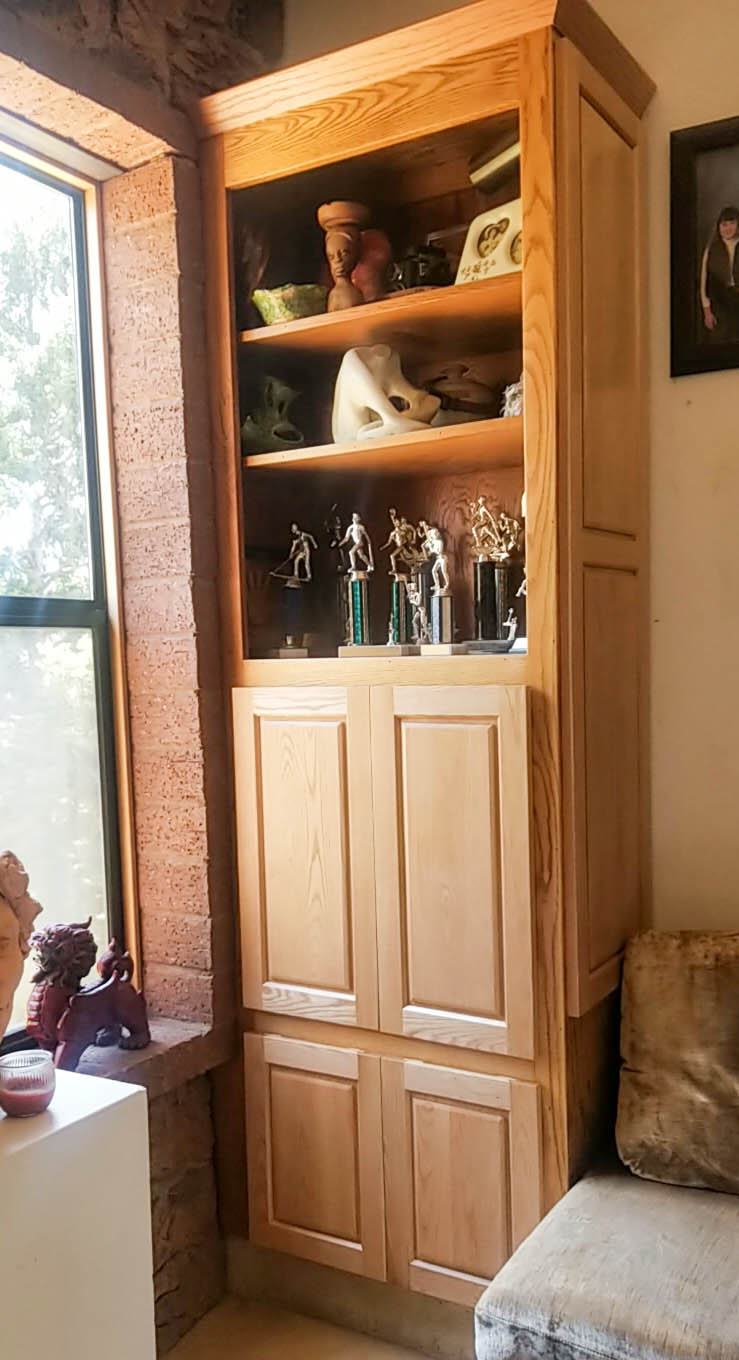
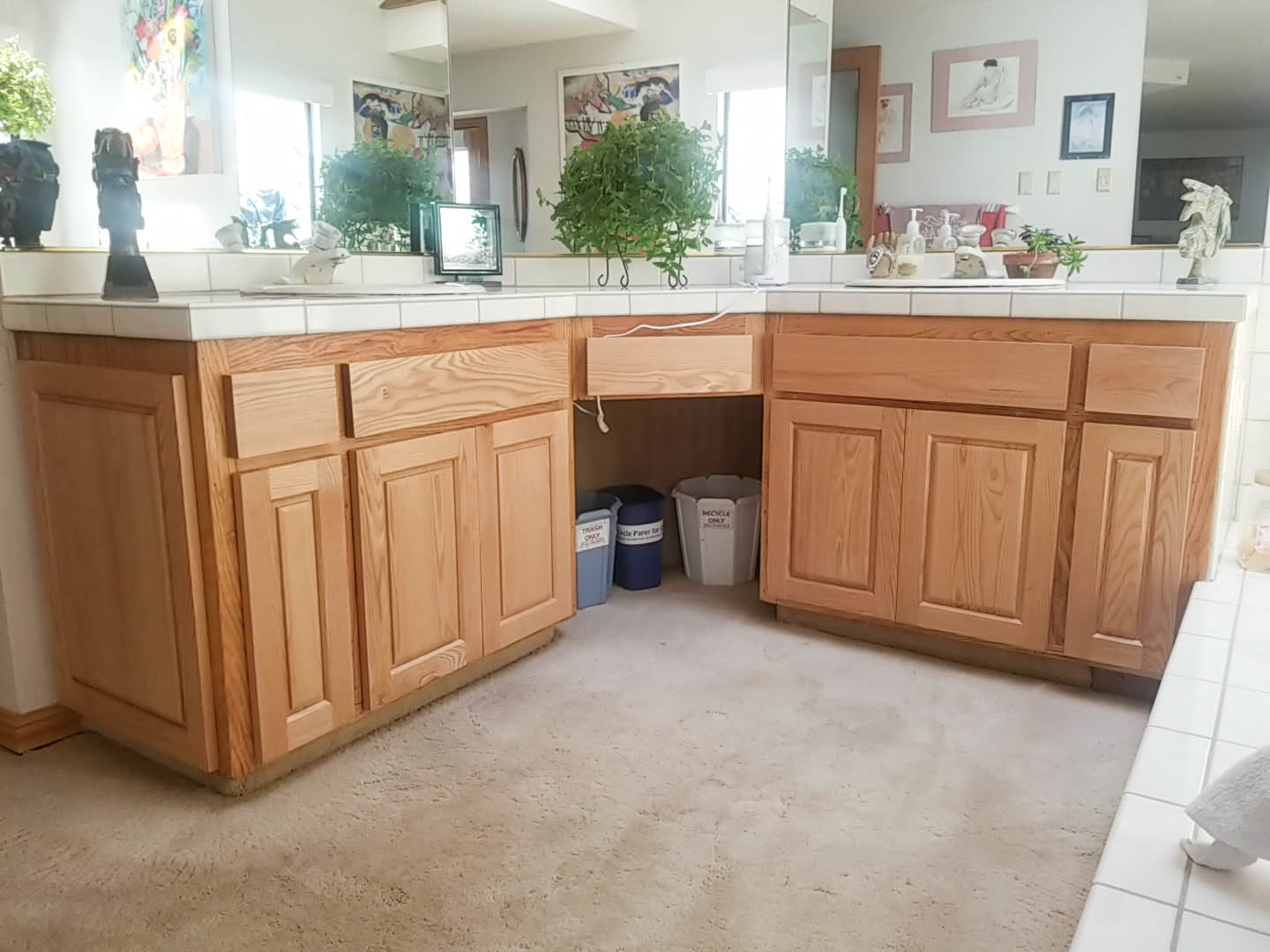
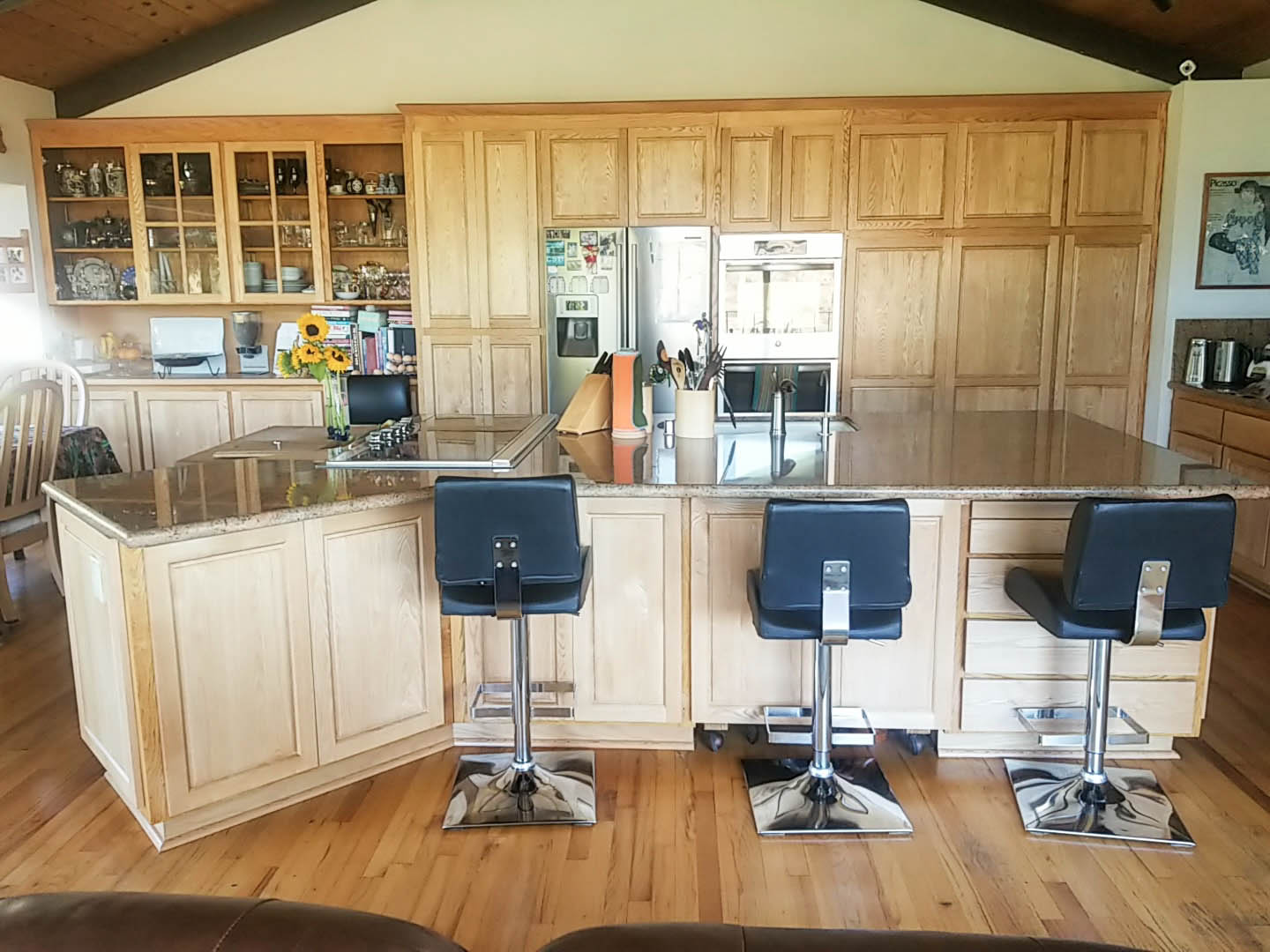
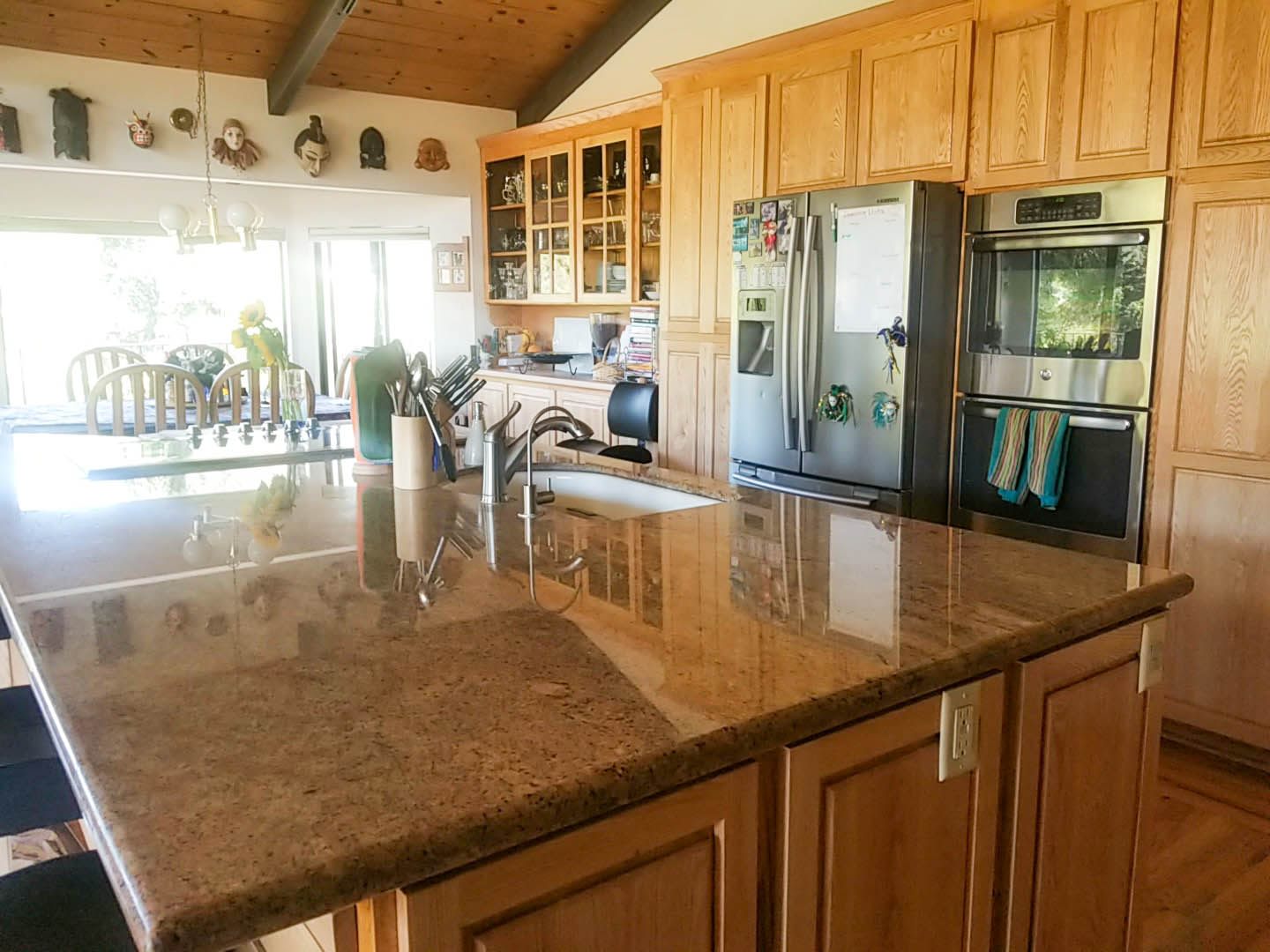

Finally, we’re facing the fact that students fell behind with all of the disruptions caused by the pandemic last year. In California, K-12 students have several ways to make up for the lost learning.
#1: Repeat the Grade
For students who didn’t pass at least half of their classes.
#2: Replace Bad Grades with Pass/Fail
For high school students only. California State Universities will accept these Pass/Fail grades. The University of California and private schools are encouraged to do the same.
#3: Take a 5th Year
For 11th and 12th grade students who need more time to complete their high school graduation requirements.
Not surprisingly, the majority of the students who fell behind during the transition to online learning were low-income and minority groups. Students with the financial means had the opportunity to hire tutors to supplement gaps in learning.
Now that schools are planning to reopen on campus this fall, students will enjoy face-to-face instruction and socializing with peers. Hoping that 2021-2022 is a great year for all students and teachers.
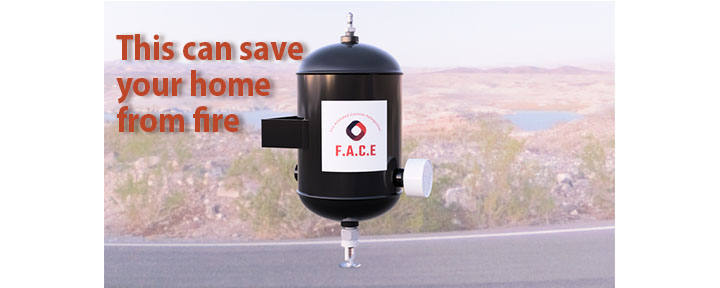
We’re heading into a dangerous fire season due to a dry winter and excessive heat. The fire department doesn’t have the manpower to save every home – especially in areas where homes are on several acres, like where I live – and inmate and volunteer crews are smaller due to COVID-shut downs last year. That’s why I’m excited to tell you about F.A.C.E. (Fire Activated Canister Extinguisher).
One of my students, Arul Mathur, designed and engineered this device to put out fires with water and fire retardant when activated by fire. So if a fire approaches your home, F.A.C.E. will douse it out, even when you’re not home. It’s ideal for people who have to evacuate. They can leave their homes knowing that the canister will spray a 10-15 foot area.
Check out his website.
He just launched a kickstarter campaign on July 1st, where you can order canisters at a discount and have them by September. He reached his kickstarter goal in just over 12 hours! He plans to use his profits to donate F.A.C.E. to create fire breaks throughout California. Proud of Arul.
I love it when kids solve problems we face. Arul lives up in the East Bay Area and almost lost his home during the Paradise fires. After surviving years of fire threats, he designed this device to protect his family and his home. Arul also gave a TEDx talk at TEDxMeritAcademy in 2019.

Glad to hear some GOOD NEWS about fire mitigation and our fire insurance companies. Yes, you read that right. With the massive numbers of homes lost in the past few years and the haunting prospect that future years may be worse (climate change is here), fire insurance companies now realize that it is LESS EXPENSIVE FOR THEM TO PROTECT HOUSES FROM IMMINENT FIRES THAN TO REBUILD THE HOMES AND REPLACE THEIR CONTENTS.
What does that mean to us? Fire insurance companies are contracting Wildfire Defense Services (WDS) to protect the homes that they cover. When homes are in immediate danger of wildfires (usually when people have been evacuated), the WDS will try to do the following:
• Remove brush
• Turn off fuel sources
• Apply vent tape
• Spray fire blocking gel/retardant
• Close structure openings
The fire insurance companies know that there aren’t enough firefighters to protect every home in the line of a wildfire so they’re contracting WDS to do what they can to stave off wildfires around the homes that the insurance companies protect.
The best part of having WDS is that home owners can evacuate when needed knowing that trained professionals will be there to do things that the homeowners might do:
• Remove patio furniture
• Move stacks of firewood
• Clear pine needles and dead leaves within 5 feet of the home
• Cut down shrubs or trees
• Check gutters to remove combustible items
Check with your insurance company to see if they have contracted WDS for your home. However, in the event that there is a wildfire, there is no guarantee that there will be enough WDS personnel to protect your home and they may not do all of the services listed above. I have Travelers Insurance and they do contract with California WDS. They say you don’t need to call WDS, your insurance provider takes care of that.
The real take-away here is that the fire department doesn’t have the personnel to protect your home so you need to do preventative work now. Clear all combustible items at least 5 feet from your house and limb up trees and cut down weeds up to 100 feet from your house.
We can do this!

One of my best friends completed suicide a few months ago. Bruce had been suffering from mental health issues for several decades and had cut himself off from all friends and family. What’s worse, we couldn’t gather in the healing Jewish tradition to work through our questions or our guilt because of COVID. After waiting until his adult daughter Rachel and I were both double vaccinated, we just spent 3 enlightening days together honoring her father’s life.
Suicide and mental health are difficult concepts to understand, and when you’re trying to understand why someone would take their lives, more questions seem to surface than answers. We found that by telling stories about our fondest memories to Rachel’s boyfriend Eli, we elaborated and analyzed facets of Bruce’s brilliance and humor as well as little signs of his mental illness.
It warmed my heart to hear Rachel say that her favorite times with her father were when they were spent here with me and my family in Santa Cruz. As we paged through an 1800-page biography that I wrote for my daughter Jaclyn, we found hundreds of photos of Bruce and Rachel. It was comforting to see how happy he was and how we were all one loving family. Jaclyn and Rachel were besties. The photos captured their laughter as they played dress up and games.
The next day, I shared photos of Bruce with Rachel so she could see the past 35 years of his life. We sat in my theater and scrolled through a slideshow – pausing to talk about each photo so Eli could learn more about Bruce, and really so Rachel and I could bond over the memories. We felt a closeness with Bruce – a mutual love and acceptance – a wonderful closure to our life with him.
While I miss my best friend, I am lucky to have a new relationship with Rachel. I have found a way of honoring Bruce by keeping our extended family together.


 I just registered for my vaccine verification so I have a digital record (QR Code) to show proof of my double Moderna vaccinations. Even though I carry copies of my COVID-19 Vaccination Record Card with me, having an official record through the State of California is reassuring – especially because businesses, airlines and other venues may require proof in the near future.
I just registered for my vaccine verification so I have a digital record (QR Code) to show proof of my double Moderna vaccinations. Even though I carry copies of my COVID-19 Vaccination Record Card with me, having an official record through the State of California is reassuring – especially because businesses, airlines and other venues may require proof in the near future.
Yesterday, California launched a digital verification tool that’s free and easy to use. Go to myvaccinerecord.cdph.ca.gov to fill out the form. All you need to enter is your name, date of birth and cell phone or email address used when scheduling your immunization. Then select a 4-digit PIN and you’re all set.
You’ll get your QR code that you can copy to keep on your phone. When venues scan your code, they can see your information but cannot copy or store it. Your QR code can’t be misused to create counterfeit records because it has a digital signature from the organization that issued your shots.
The link to your QR code is good for 24 hours so you’ll want to make a copy of that on your phone. Once you have the QR code, it’s good forever.
As with all new programs, they’re still working out the bugs. You may receive a text stating that they can’t find a match in their system. You’ll be directed to complete the Troubleshooting Form
Just enter your name, date of birth, cell phone and email address. They’ll update your record and email you when the process is complete. This may take 2-3 weeks. You can also call 833-422-4255 with questions.
I like the idea of verifying that people really have been immunized now that everything is opening up. I think it will give us all more confidence in going to populous places – especially since some people claim to have been vaccinated when they aren’t.
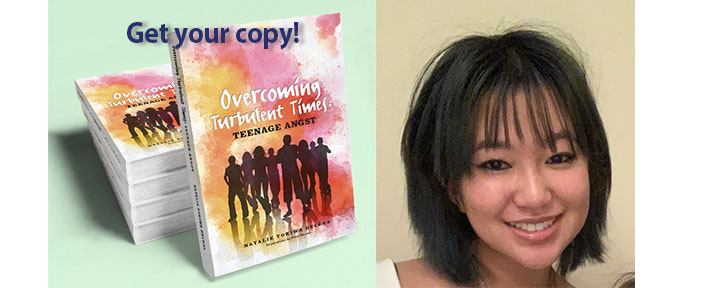
When teens write about teenage angst, they learn to navigate the tumultuous world that young adults face – often alone. Writing becomes cathartic. And teens who read these books learn that what they are experiencing is often shared by many others. Kids today face “mean” girls who talk trash about them one day, and call them their “BFFs” the next — just like they have for decades, but today it’s escalated with a click of a button.
Back when I was a kid, gossip seemed to spread quickly because rumors were passed between people in conversations, phone calls, and letters (okay, I’m dating myself…). Today, mean kids can say vicious things and hide behind a social media post. They can cowardly do it on their phones and it instantly reaches hundreds or thousands of people.
Natalie Decena found interpersonal relationships intriguing as she entered adolescence. She wondered about friends who were obsessed with their bodies – they were too fat, not pretty enough, covered in acne. She saw others struggle with sexual identity and bullied over their gender preferences. With girls sleeping with boys because “everyone is doing it,” she explored relationships and found that some boys were crass and not gentlemen (like her father or brother) at all.

Natalie’s quest for answers turned into a 250+ page book called Overcoming Turbulent Times: Teenage Angst. Watching others’ behaviors and searching her soul for 4 years, she wrote 7 chapters that covers everything from body image to gender identity to sexual harassment. It’s cleverly laid out in different formats: text streams, diary, dialog, and reflections. Her father illustrated the book with riveting images.
She’s reached out to her high school to get her book on the required reading for incoming freshmen, and she’s working with medical offices and therapy centers to have her book available for teens in the waiting rooms. Check out this book and give it as gifts to teens. It may help them navigate the scary and often lonely times they’ll face during their adolescence.
Natalie’s project confirmed her interest in psychology and education. Imagine the impact she’ll have on teen’s lives? We need more teens like Natalie!

While in Corpus Christi, we built my daughter Jaclyn’s new furniture: dining room table, coffee table, and credenza using butcher block. She just moved into the house and didn’t have some essential furniture. It was a bit of a challenge to not have my tools but we rented and bought what we needed. Not used to the Texas heat and humidity, the wood glue and varathane took much longer to dry than it does in California. Always love to give my girls homemade gifts and glad to get the pieces done before I flew home on Friday.
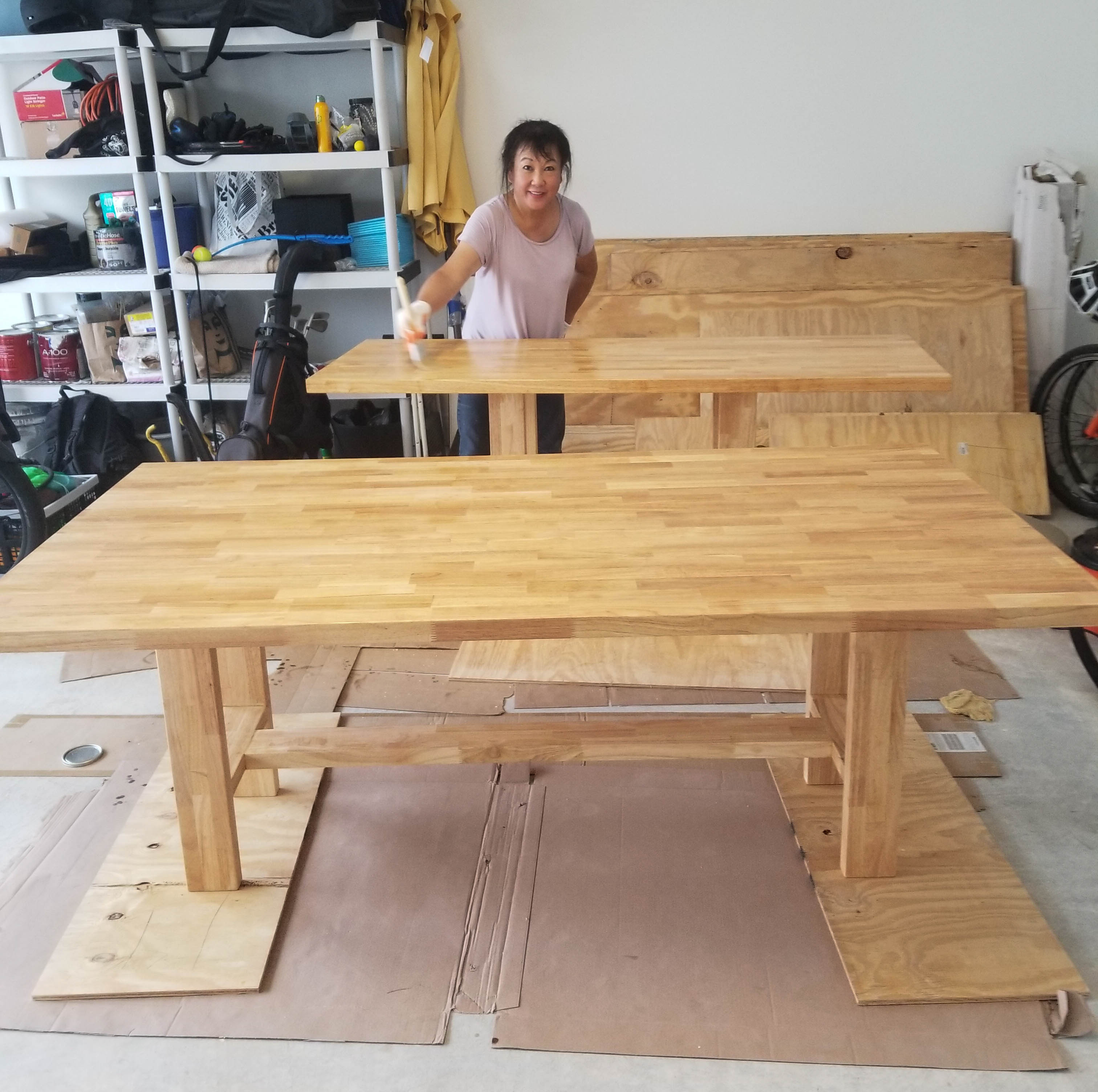

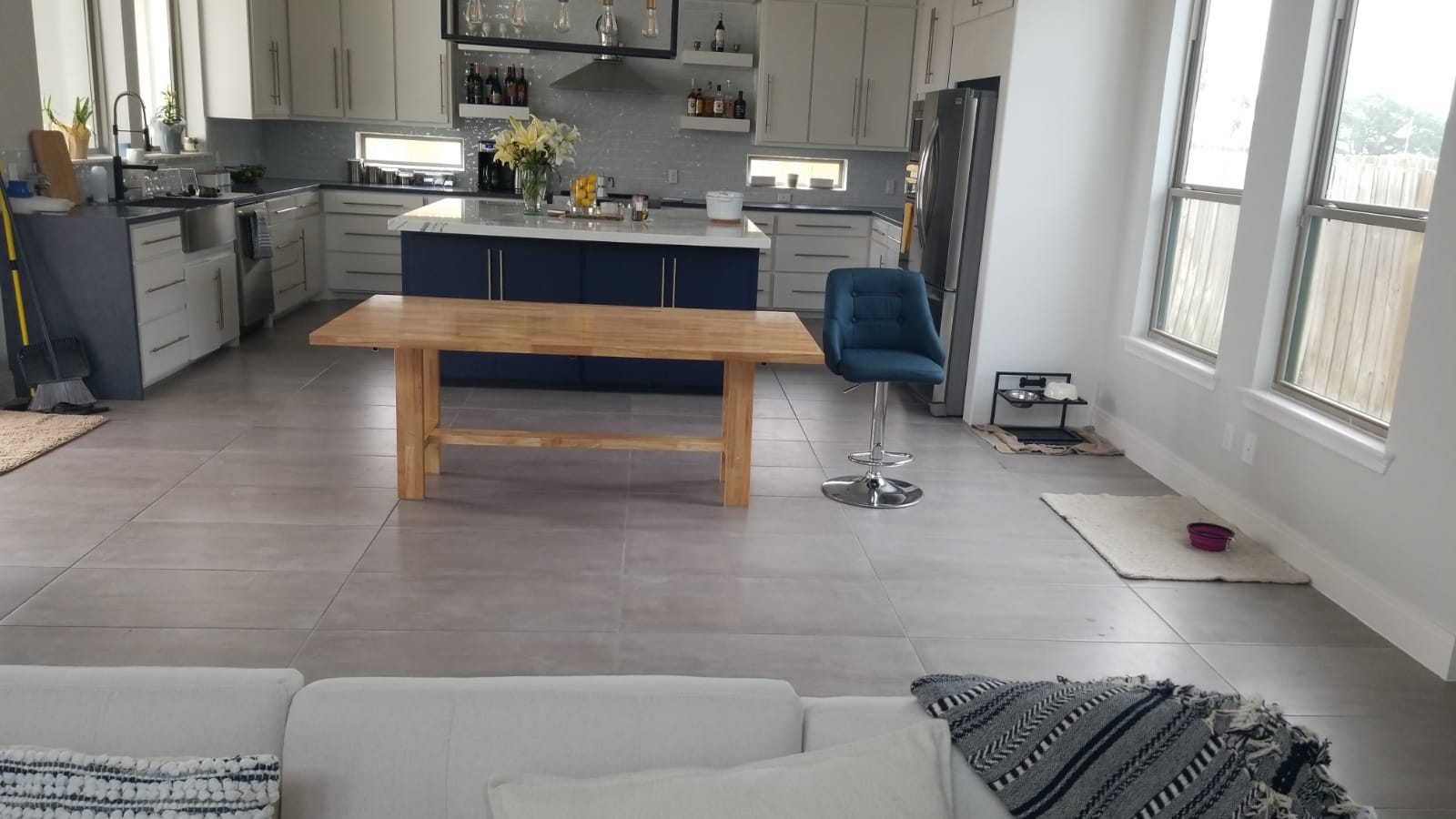


Jaclyn just bought her first house in Corpus Christi, TX — all by herself! I’m so proud of her! Took the RV on the beach, dogs played in the warm surf (gulf), collected shells on Padre Island, and ate BBQ brisket (yes, I went off my vegan diet because you can’t go to Texas without eating brisket!). Had a blast visiting Jaclyn, Alex, and their pup Chunk!

